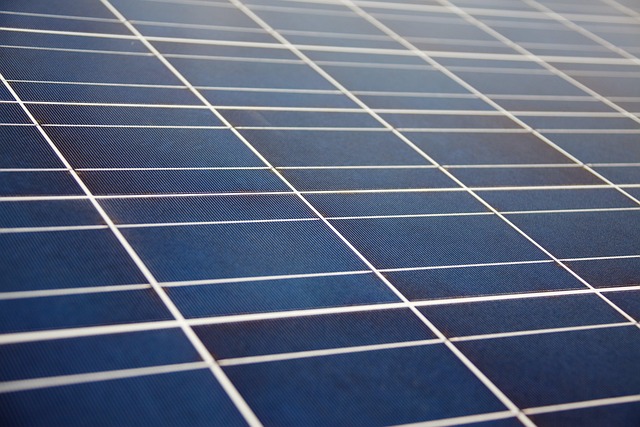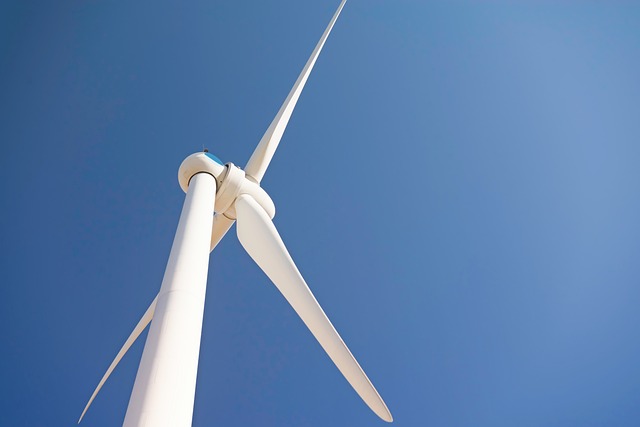
Personal Action for Clean Energy: What You Can Do Today
The urgent need for clean energy solutions has never been more evident. As the world grapples with the consequences of climate change, more individuals are seeking ways to contribute positively to the environment. The transition to clean energy isn’t just the responsibility of corporations and governments; each of us has a crucial role to play. This article explores effective steps individuals can take to support clean energy initiatives and reduce their carbon footprint.
The Importance of Clean Energy
Clean energy refers to energy that is produced with minimal environmental impact, primarily coming from renewable resources. This includes solar, wind, hydroelectric, and geothermal energy. The promotion of clean energy sources is vital for several reasons:
Firstly, clean energy has the potential to reduce greenhouse gas emissions significantly. Unlike fossil fuels, renewable energy sources do not emit carbon dioxide and other harmful pollutants during their use. This reduction is crucial in combating global warming and its associated climate change impacts.
Secondly, clean energy contributes to energy independence. By harnessing local resources, countries can reduce their reliance on imported fossil fuels, enhancing national security and creating jobs in the renewable energy sector.
Assessing Your Current Energy Use
The first step toward taking personal action for clean energy is to evaluate your current energy consumption. Understanding how much energy you use and where it comes from will help you identify areas for improvement. Keep track of your electricity bills to gauge your monthly usage, and consider using energy-monitoring tools that provide real-time insights.
Examine your home and lifestyle for energy inefficiencies. Look for areas where you can reduce consumption, such as using energy-efficient appliances or improving insulation in your home. Every small change can accumulate into significant savings and reduced energy usage over time.
Transitioning to Renewable Energy Sources
One impactful step you can take is to transition to renewable energy sources for your home. If you can, consider installing solar panels. Solar energy is one of the most accessible forms of clean energy for residential buildings. By investing in solar technology, you not only reduce your dependence on nonrenewable sources but can also save money in the long run.
If solar panels aren’t feasible for your home, look into community solar programs. These allow you to invest in solar energy collectively with neighbors, sharing the benefits while supporting clean energy initiatives.
Many utility companies offer options for customers to purchase renewable energy directly from the grid. Check if your provider has programs that allow you to choose renewable energy sources and see how this might affect your energy bills. By opting for green energy, you are making a statement about your commitment to clean energy.
Energy Efficiency in Your Home
Improving energy efficiency is one of the easiest ways to support clean energy movements. There are simple steps homeowners can take to enhance efficiency:
Start by replacing traditional light bulbs with energy-efficient LED or CFL options. These bulbs consume significantly less energy and have a longer lifespan, which can lead to substantial savings over time.
Consider using smart home technology. Smart thermostats, for example, adjust heating and cooling based on your habits and can lead to notable reductions in energy use. Energy-efficient appliances, such as those rated by ENERGY STAR, are also excellent investments, as they use less energy without sacrificing performance.
Another effective way to increase efficiency is by weatherproofing your home. Ensure windows and doors are properly sealed, and consider adding insulation to reduce the need for heating and cooling. This minimizes energy use and creates a more comfortable living environment.
Transportation Choices and Clean Energy
The transportation sector is a significant contributor to greenhouse gas emissions. Change starts with how we choose to travel. If you’re in the market for a new vehicle, consider investing in an electric or hybrid model. These cars produce zero or reduced emissions, contributing to cleaner air and a healthier planet.
If electric vehicles aren’t an option, consider carpooling or using public transportation whenever possible. Biking and walking are excellent alternatives that provide health benefits while reducing your carbon footprint.
When travel is necessary, consider combining errands into a single trip, which reduces the total miles driven. Additionally, try to maintain your vehicle regularly, ensuring it runs efficiently, which can help minimize emissions.
Supporting Clean Energy Initiatives
Pursuing clean energy is not just about individual choices; it extends to supporting local and national clean energy initiatives. Educate yourself about local organizations advocating for clean energy, and contribute where possible. This may involve volunteering, donating, or participating in community clean-up efforts that promote renewable energy solutions.
Engage in conversations about clean energy with friends, family, and coworkers. Raising awareness can create a ripple effect, influencing more people to consider how their actions impact the environment. Social media is a powerful platform for promoting clean energy awareness. Share articles, participate in discussions, and advocate for policies that support renewable energy development.
Advocating for Clean Energy Policies
As an informed citizen, you have the power to advocate for policies that promote clean energy development. Research local and national legislation that impacts energy production and consumption. Contact your representatives to express support for clean energy initiatives, renewable energy tax credits, and investments in infrastructure that facilitate clean energy access.
Joining advocacy groups that align with your values can also amplify your voice. These organizations often provide resources and channels to effectively lobby for change. Working together with like-minded individuals can lead to more significant impacts than individual efforts alone.
Reducing, Reusing, and Recycling
Adopting a lifestyle that emphasizes reducing, reusing, and recycling can significantly contribute to the fight against climate change. The principle of reducing begins with understanding consumption patterns. Live minimally—buy only what you need, and opt for products with minimal packaging. Choose reusable items over disposable ones whenever possible.
Recycling is essential for reducing waste and conserving resources. Ensure you are familiar with local recycling guidelines to maximize your effectiveness. Materials such as glass, paper, cardboard, and certain plastics can often be recycled, reducing the need for new raw materials and the energy associated with their production.
Additionally, consider composting organic waste. Composting not only diverts food waste from landfills but also provides nutrient-rich soil for gardens, further promoting environmental sustainability.
Conclusion: Every Action Counts
The shift towards clean energy is not a one-person endeavor, but with concerted efforts from individuals, communities, and organizations, meaningful change is possible. Evaluating your energy consumption, opting for renewable resources, improving home efficiency, altering transportation habits, and advocating for policies can all contribute to a sustainable future.
By implementing these strategies, you are not only reducing your carbon emissions but also inspiring others to take similar steps. Together, we can create a cleaner, healthier planet for future generations. Each small action counts, and today is the perfect time to start your journey towards a sustainable lifestyle.



